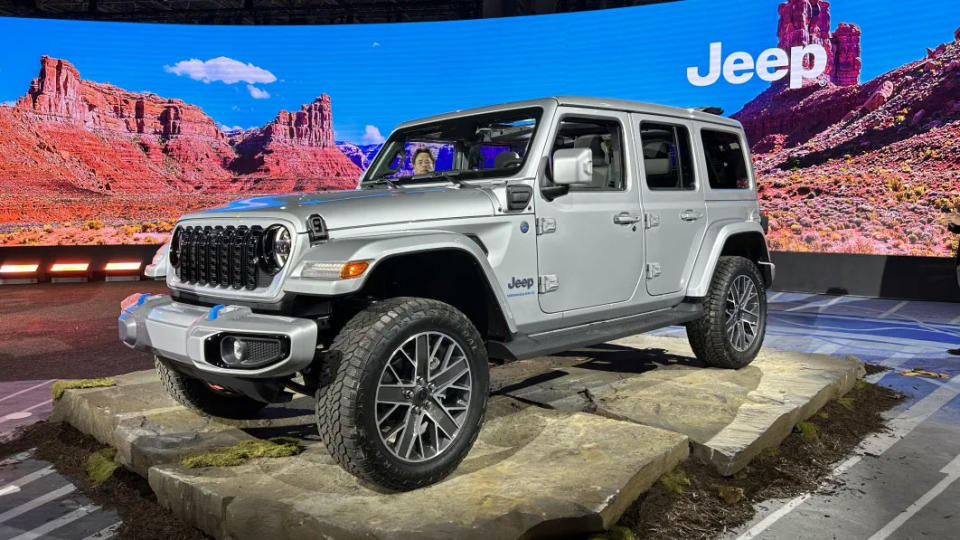Stellantis makes gas models order-only for dealers in non-CARB states

In May, Stellantis informed its nationwide dealer body that it would need to adjust its vehicle allotment formula based on whether a state followed California Air Resources Board (CARB) emissions rules. At the moment, 14 states and the nation's capital adhere to CARB rules. They are: Colorado, Connecticut, Delaware, Maine, Maryland, Massachusetts, New Jersey, New York, Oregon, Pennsylvania, Rhode Island, Vermont, Virginia, Washington, and Washington, D.C. The backstory's a bit involved with this one, the result is Stellantis has greatly reduced or cut off shipments of gas-only vehicles to CARB states, and shipping its PHEVs to CARB states. Conversely, non-CARB states are getting the gas-only models and few if any PHEVs.
To put it plainly, that means a lot of Jeep 4xe trims going to Pennsylvania, for example, while gas-only Jeep trims and few if any PHEVs go to neighboring Ohio and West Virginia. If a Pennsylvania buyer wants a non-hybrid Jeep, the buyer needs to place an order and wait for it to be shipped to PA, or cross the state line.
The Delaware Business Times first reported on the issue after finding out a dealer in Delaware "said he received notification last week from the brand’s parent company, Stellantis, that he could not receive regular shipments of two popular Jeep gasoline-powered models to stock on his lot 'because we are considered a ‘California state.'" The models cited were the two-door Wrangler Sport and Wrangler Rubicon, and the four-door Wrangler Sport, Sahara, and Rubicon. Instead, he'd be getting plenty of the Wrangler 4xe and Grand Cherokee 4xe. The Dodge Durang R/T and SRT trims also joined the dealer's forbidden list. As the story suggests, Delaware hasn't adopted CARB standards yet. State governor John Carney has said he plans on doing so.
Of note, this isn't about the new zero-emissions-vehicle standards coming into force in 2026. The roots of this go back to 2019, when California was duking it out with the Trump administration over the ability to set its own emissions standards. The short story is that the Trump administration rolled back the ramp-up of fuel economy standards set by the previous Obama administration, and had revoked California's EPA waiver allowing the state to set its chosen levels. California went back to the Obama administration standards, then signed agreements with five automakers — Ford, Honda, BMW, and Volkswagen Group of America initially, then adding Volvo — that agreed to abide by a slightly relaxed set of those Obama-era standards for the years 2021 through 2026. The deal was called the California Framework.
Stellantis wouldn't be an official entity until a year later. The automaker asked California in 2021 if it could join the agreement, California turned down the request, saying it wasn't accepting more parties.

 Yahoo Autos
Yahoo Autos 